Tipping around the world can be a confusing and daunting task because it’s hard to know when and how much to tip as each country has very different customs.
It’s important to understand the local rules to ensure you don’t come off as disrespectful and avoid being rude or overdoing it.
This article looks at when and how much to tip in Italy. I’ll explain the exact situations when you should definitely tip, from hotels to restaurants and beyond.
This is to help you better understand these differences and have a better, more local-appreciated trip to Italy without committing any major faux-pas or faux pas.
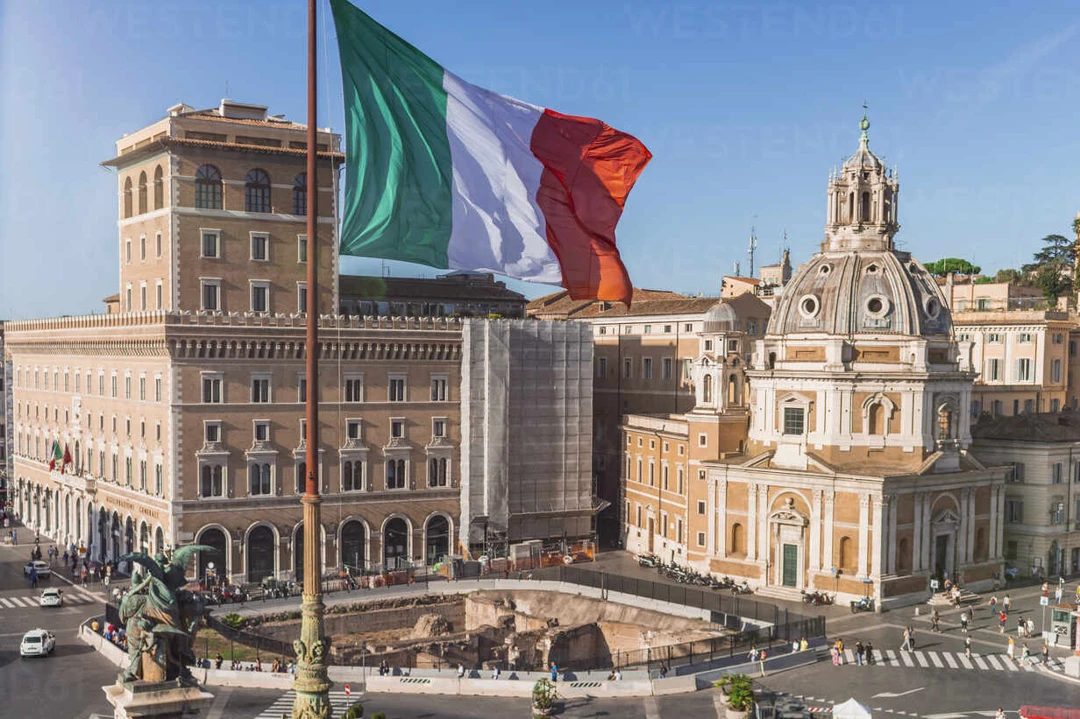
Do You Tip in Italy?
Tipping is not mandatory, and rarely expected in everyday situations. Tipping in Italy is very different to countries were it’s customary. In non-tourist areas, tipping isn’t actually all that common.
Italians are more geared toward the service charges that are included in the bill. You may find “coperto” or “servizio” on your bill in Italy. These are charges for bread and rice, or service, which means tipping isn’t very important.
Italians usually tip modestly—if at all—by rounding up the bill or leaving small change. When Italians tip, they rarely go to great lengths. Tipping in Italy is more about manners than the money.
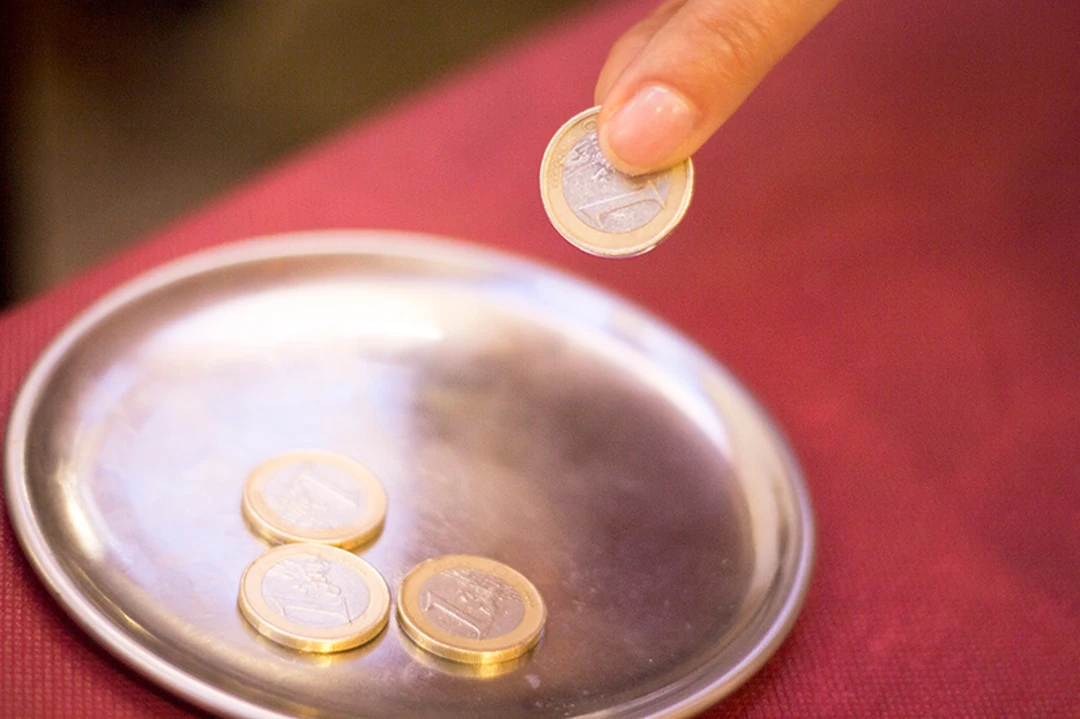
When You Should Tip
1. Tipping in Restaurants and Cafés
Sit-Down Dining
However, you should tip 5-10% if you’ve really enjoyed a meal and excellent service at a sit-down restaurant, unless “servizio” is already included.
If the bill says “servizio,” tipping is at your discretion and not necessary, though rounding up the bill to leave a couple of extra coins is always acceptable.
Pizzerias and Casual Spots
At pizzerias and other casual restaurants, locals will sometimes just round up the total or leave some small change. It’s a small gesture of gratitude without going overboard.

Bars and Coffee Shops
For ordering at the bar or a cafe (i.e. counter service), there’s no need to tip.When you’ve been waited on at a table, you can “round up” if you want (i.e. leave between €0.50–1).
2. Tipping in Hotels
Bellhops
If a bellboy handles your bags, tip him €1-2 per suitcase to thank him for getting your luggage to your room.
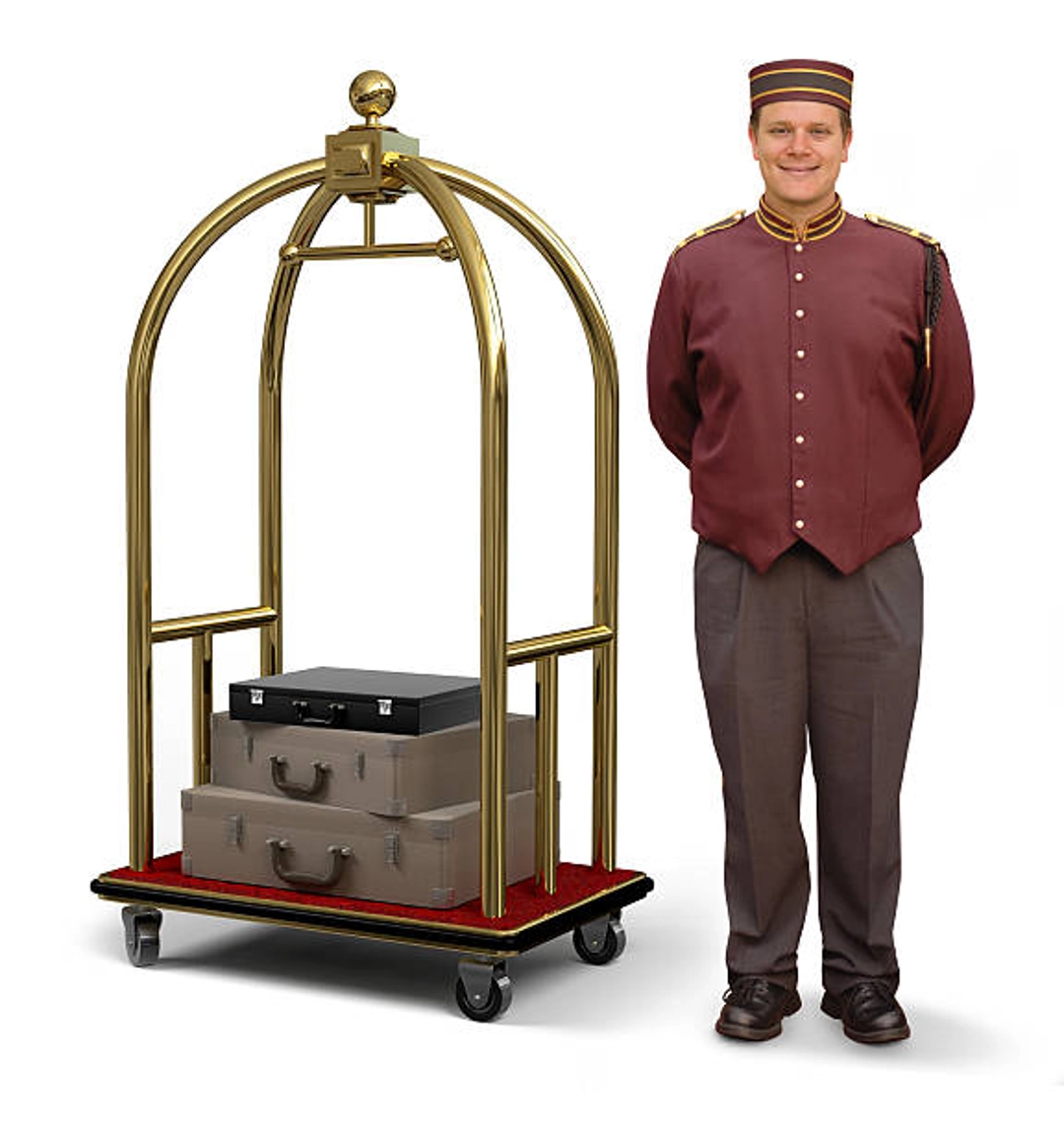
Housekeeping
For the housekeeping, it’s customary to tip 1-2 euros per day. Just leave the tip on your bed stand or desk, as it will go a long way for the hard-working staff.
Concierge
It’s not expected, but tipping the concierge €5-10 minimum as a thank you is a courtesy if they’ve gone above and beyond, such as helping you secure reservations for popular attractions or unique directions or tickets.

3. Tipping Taxi Drivers and Ride Sharing
Taxis
You don’t have to tip taxi drivers in Italy. The majority of locals simply round up the fare or tip 1-2€ for good service, meaning assistance with luggage, or a efficient route.
Uber and Ride Sharing
Apps like Uber are limited to major cities such as Rome and Milan. It is not common to tip via the app, but this can be done if the service is really good.
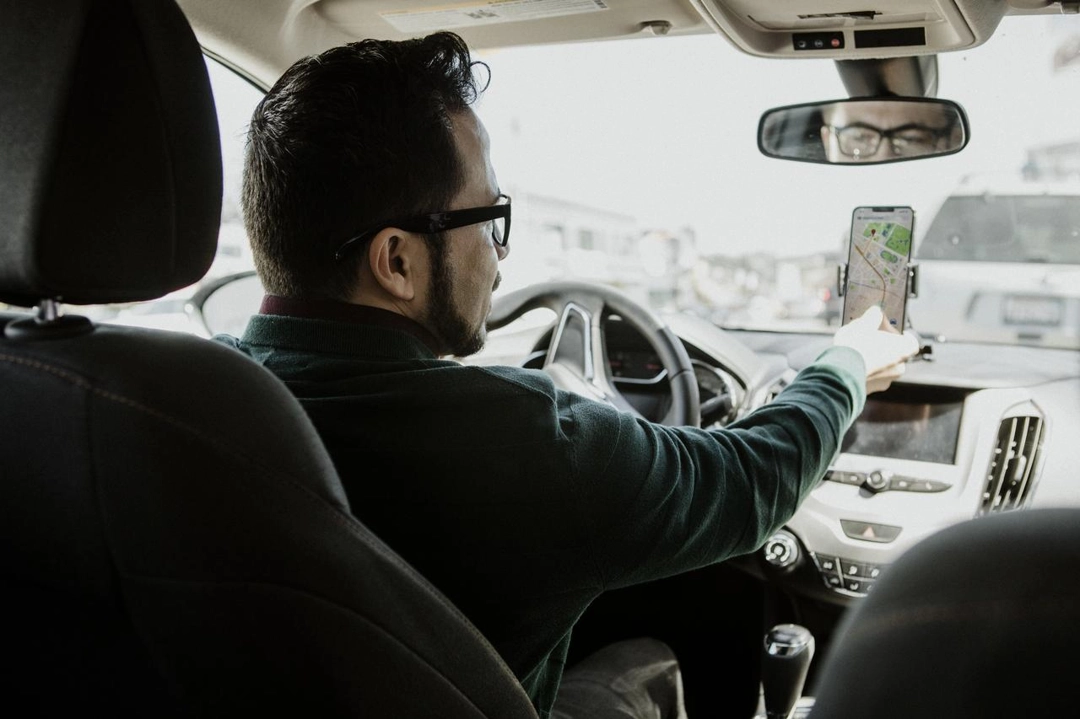
4. Tipping Tour Guides and Private Drivers
Guided Tours
For guided tours, tip €5-10 per person for group tours (more for private tours or if it’s a full-day experience). It’s not obligatory but is appreciated, especially if the guide has been good.
Private Transfers
For your private transfers, I recommend tipping €1-2 per person if you’ve been on the road a while or the service was exemplary.
5. Tipping in Salons, Spas, and Other Services
Hairdressers and Beauticians
When in a salon, it’s considered polite to tip 5-10% of the total if you are pleased with the haircut or beauty treatment you received. It’s just a nice way to say thank you for their time and effort!

Spa Treatments
For spa services, tipping €5-10 is a good way to show you were happy with your service, though it’s up to you.
When You Shouldn’t Tip
1. Fast food, takeaway counters, and bakeries
At fast food restaurants, take-out shops, or where you pick up your own baked goods, you do not need to leave a tip. They have a different system and you’re serving yourself most of the time.
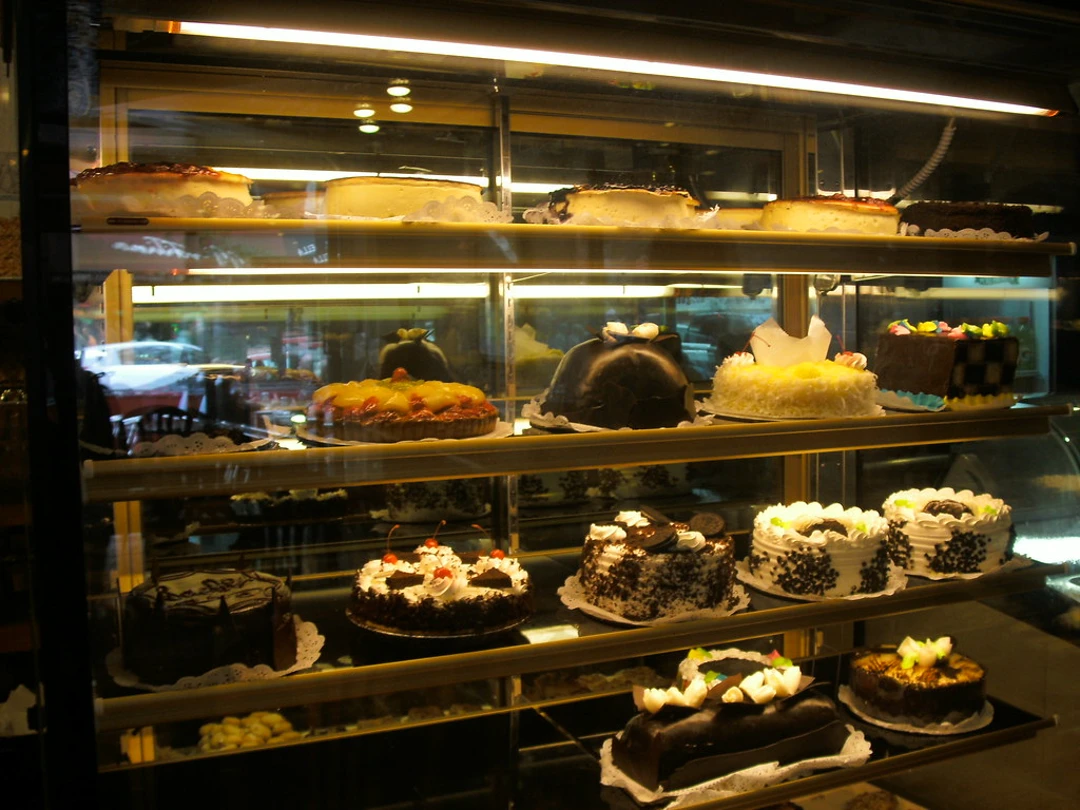
2. When servizio is already included
If the bill already includes a service charge labeled “servizio,” it isn’t customary to leave an additional tip. The “servizio” fee is for the service provided, and an additional tip could be viewed as superfluous.
In Italy, generous tipping may seem awkward or insincere - a fair tip is welcome and a little thank you goes a long way.
Regional Differences and Local Attitudes
When you’re in more touristy areas, such as Rome, Florence, and Venice, tipping is a lot more prevalent, though it’s usually still on the lower side, such as just a few euros or rounding up the check.
These major tourist destinations are more accustomed to travelers, so you’ll find the tipping rules to be laxer here.
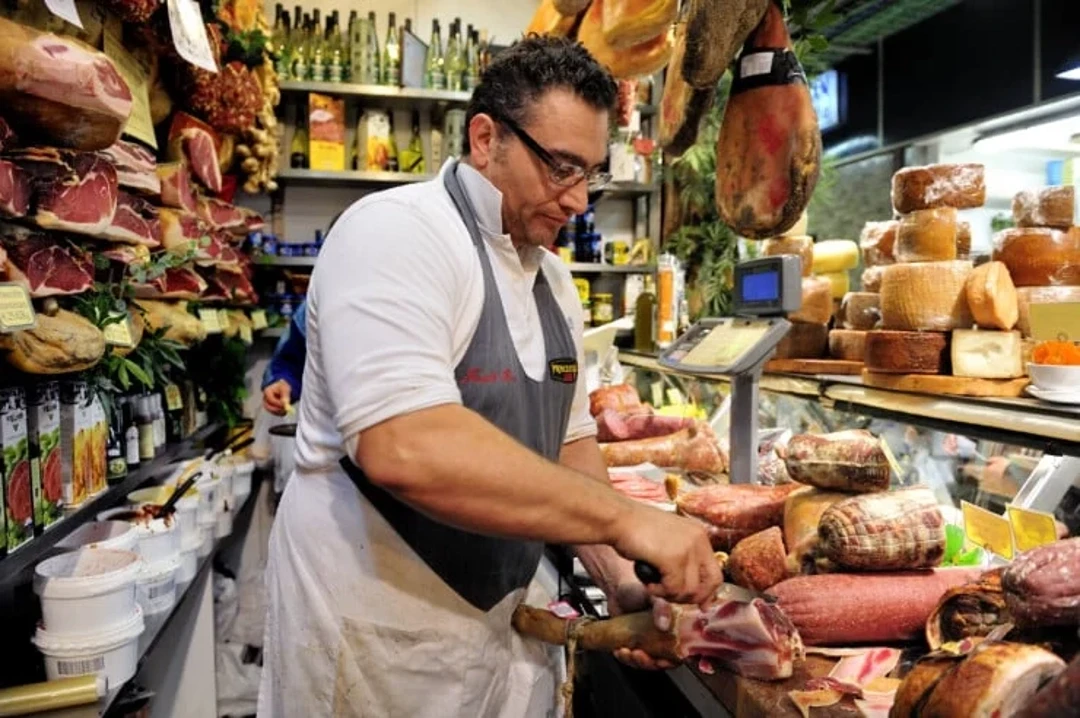
Visit some of the smaller cities, or the beautiful southern region of Italy, and that all changes.
Sometimes, you’ll find that locals tip far less than even the city-dwelling Italians do. There is more of a focus on hospitality than on expecting something additional, so the act of tipping just isn’t as habitual.
No matter where in Italy you visit, always review your bill before you leave. There may be instances where a service charge has already been applied, and you don’t want to tip twice. Just always check and it helps you fit in and avoid giving the wrong impression.
Means of Tipping in Italy
Tipping in Italy mostly means using a little cash — even if you’re going to use a card to pay for your main bill. Some of the card machines simply don’t have a tipping function, so the math can get confusing.
Or you can give the exact amount you want to leave as a tip straight to the person who served you. It’s a simple gesture, and it lets them know you appreciate the service.
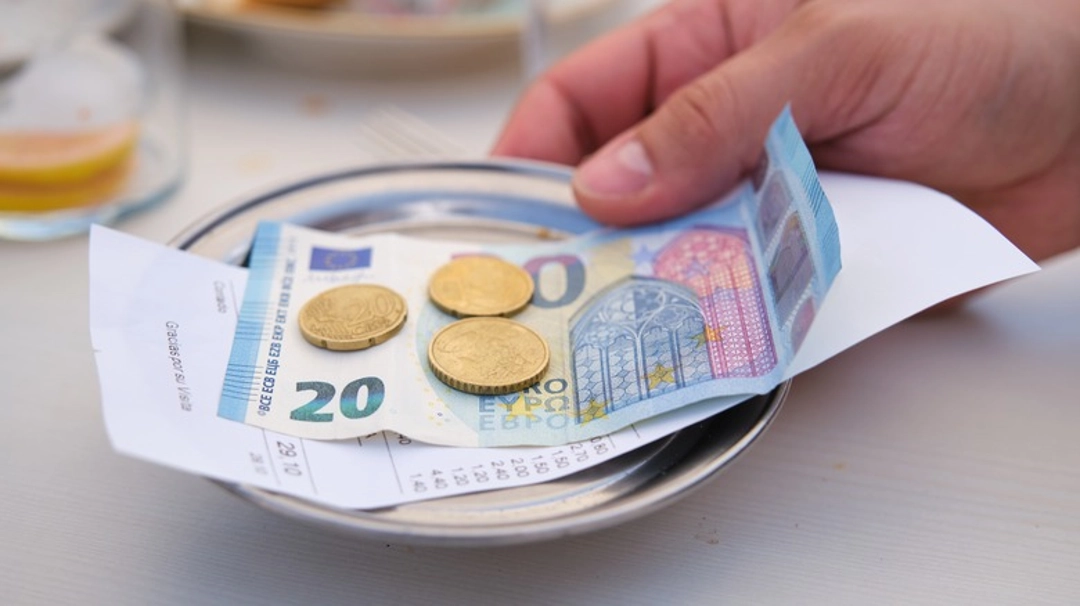
Conclusion
Tipping in Italy is less about executing hard and fast rules and more about using common sense and exhibiting respect. Most of the time, tips aren’t necessary, and when they are, even a small tip can be suitable.
By knowing when and how much to tip, you can make your travel more pleasant and offer a small thanks without breaking the bank. When it comes to restaurants, hotels, and taxis, just be sure to understand the local customs so you can blend in better.
